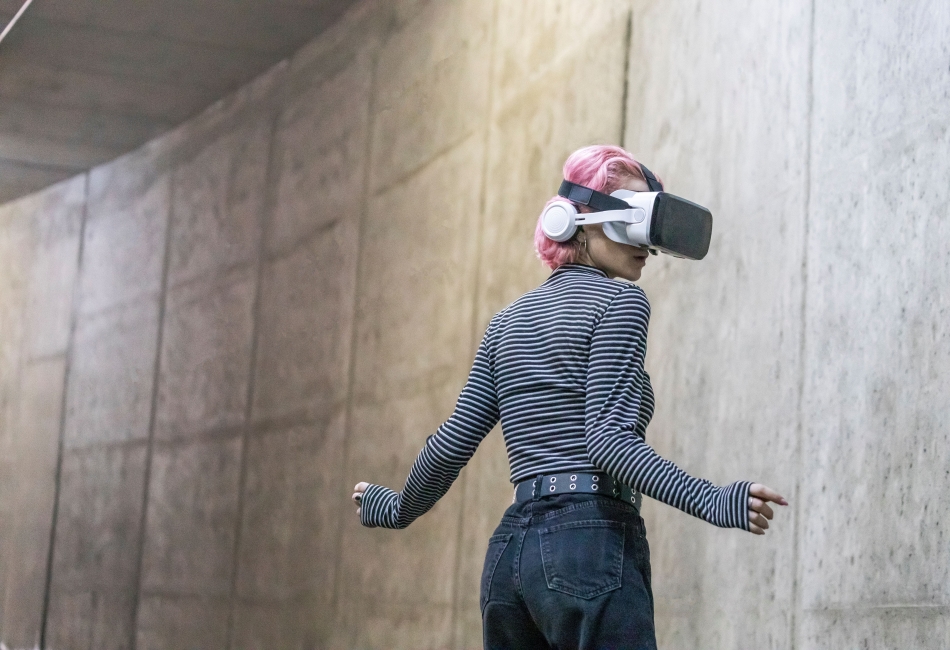Introduction:
Historical Perspective of Technology in Art
Historically, art has always evolved with technological advancements. From the invention of the camera obscura which revolutionized visual perspectives in painting, to the use of synthetic pigments that expanded the painter’s palette, technology has played a crucial role in the development of artistic methods. Similarly, the digital revolution of the late 20th century introduced tools like Photoshop, enabling digital artists to manipulate images in ways that were previously unimaginable. Today, AI represents the latest technological frontier in art, standing on the shoulders of these historical advancements. AI’s capability to process vast amounts of data and learn from it allows for the creation of art that can reflect complex patterns and styles, often surpassing the limitations of human cognition and physical ability.
Case Studies of AI in the Creative Process
Several notable case studies highlight AI’s role in redefining the creative process across various art forms:
- Music Composition: AI programs like AIVA (Artificial Intelligence Virtual Artist) have been used to compose music for films and games, creating scores that are indistinguishable from those composed by humans.
- Visual Arts: The use of AI in creating visual art gained significant attention with the Christie’s auction of “Edmond de Belamy”, a portrait generated by a Generative Adversarial Network (GAN), which sold for a staggering $432,500.
- Literary Works: AI has also ventured into the literary world with projects like “Sunspring”, a short film scripted entirely by an AI, demonstrating the technology’s growing narrative capabilities.
These examples not only showcase AI’s expanding role in artistic creation but also highlight the technology’s potential to become a standard tool in the creative industries.
Ethical Considerations and AI in Art
The incorporation of AI in art raises profound ethical questions. Key concerns include authorship and originality, the potential for AI to replicate and propagate biases present in its training data, and the broader implications of reducing human participation in art creation. The question of whether an AI-generated piece can be considered ‘art’ in the traditional sense sparks debate among critics and scholars. Furthermore, as AI art becomes more mainstream, there is an ongoing debate about the rights associated with these works and the implications for copyright laws traditionally designed to protect human creators.
AI’s Impact on Job Roles within Creative Industries
AI’s integration into the arts is also reshaping job roles within creative industries. Tasks that were once purely the domain of human hands, such as editing, sorting, and even some aspects of design, are now being augmented or replaced by AI technologies. This shift has led to fears of job displacement but also to the emergence of new roles that require a synergy of creative and technological skills. For instance, AI tool management, data training for artistic algorithms, and AI-driven project management are becoming significant aspects of modern creative careers.
Prospective Future Developments of AI in Art
Looking ahead, AI is set to become increasingly influential in the creative sectors. Anticipated developments include more profound collaborations where AI and humans co-create works that neither could achieve alone, further blurring the lines between human-made and machine-generated art. Also, as technology advances, so too might the ability of AI to understand and mimic emotional depth and cultural significance in its creations, potentially leading to new art forms and expressions.
The Rise of AI Humanizers in Creative Content
Among the most intriguing developments in the AI-art intersection is the rise of AI humanizers—tools designed to make machine-generated content sound more natural and emotionally resonant. In fields like scriptwriting, marketing copy, and storytelling, AI humanizers fine-tune robotic or awkward phrasing to align more closely with human tone and nuance. This allows creatives to harness the speed and breadth of AI generation without sacrificing authenticity or voice. However, it also raises new artistic and ethical questions: when a machine writes like a human, who is the true author? As these tools become more sophisticated, they will play an increasingly pivotal role in shaping the voice of AI-assisted creative work.
Not only AI Humanizers but also features which allow you to clone your own writing style are a trend to mention.
Conclusion: Balancing Artistic Integrity with Technological Advancement
As we stand at the crossroads of a new era in art and creativity influenced by AI, the challenge remains to balance technological advancement with artistic integrity. The journey ahead requires a thoughtful approach to integrating AI in ways that enhance creativity without diminishing the human spirit that defines art. By fostering an environment where technology serves as a tool and not a replacement for human creativity, the fusion of AI and art can enrich how we express, understand, and engage with the arts.
